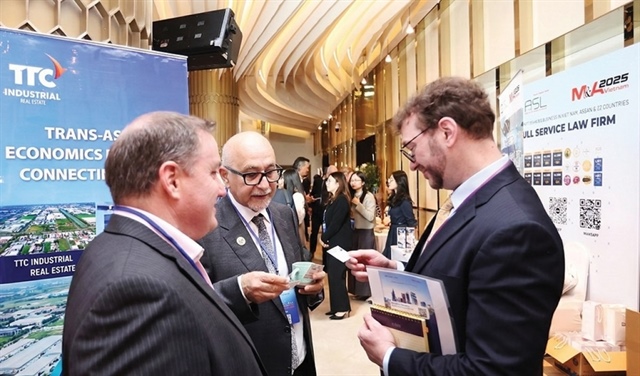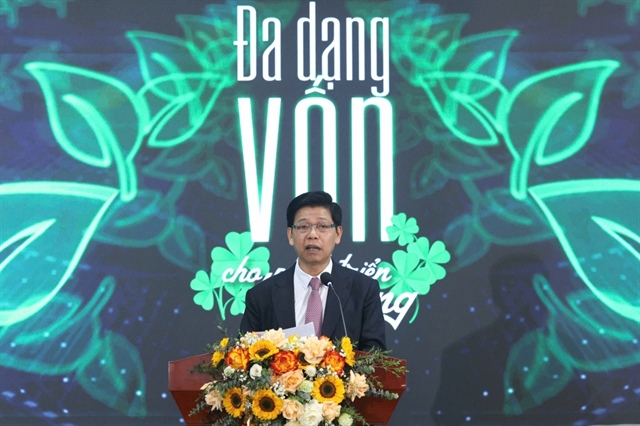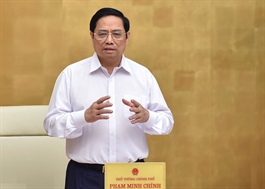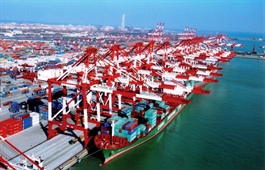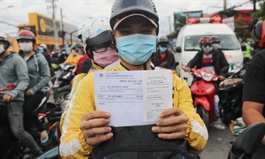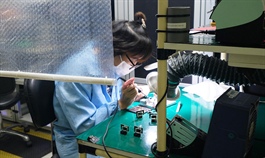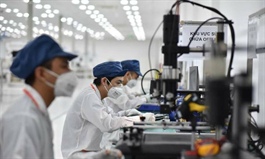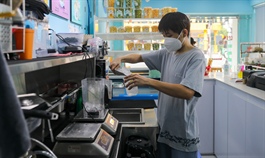Ca Mau to focus on sea-based economic development
Ca Mau to focus on sea-based economic development
Endowed with a 254-km coastline and an abundance of aquatic resources, the southernmost province of Ca Mau is focusing on the development of the marine economy.

The aim is to have the sector contribute about 30-35 per cent of the province’s total budget revenue by 2030.
By that time, the average per capita income in coastal areas will be higher than the province’s average per capita income, which is expected to be about US$3,320 in the 2021-25 period and about $4,500 – 4,700 in the 2026-30 period, according to provincial authorities.
The province aims at becoming one of the localities in the Mekong Delta region with strong and sustainable sea-based economic development.
It will develop the sector towards modernisation and as a driving force for the province’s socio-economic growth.
The living standards and cultural and spiritual life of people in coastal districts, communes and towns will continue to improve, and marine and island resources will be managed and exploited appropriately and sustainably.
In addition to investing in electricity, fresh water, healthcare and schools, the province will continue to invest in the transport sector to ensure daily connections from the mainland to the island clusters of Hon Khoai and Hon Chuoi.
Total seafood output is expected to increase from 3.3 million tonnes in the 2021-25 period to 7.1 million tonnes in 2030. This would increase seafood export revenue from $5.65 billion in the 2021-25 period to $7 billion in the 2026-30 period.
The province would lead the country in terms of the number of seafood processing plants and shrimp export revenue.
The province has identified a number of important breakthroughs to realise its targets as well as boost marine economic development in the future in line with its potential and strengths.
Specifically, the province will focus on developing Song Doc and Nam Can urban areas into grade-III urban centres by 2025, with Song Doc urban area to become the province’ s services, trade and marine economic centre.
Besides developing a robust marine economic sector, the province will promote industrial development, especially renewable energy, ecotourism, sea tourism, fishing and aquaculture.
According to the provincial People’ Committee, the province has faced difficulties developing infrastructure in coastal areas due to limited local resources, increasingly serious climate change impact, and coastal erosion, among others.
Taking advantage of capital sources in the coming time, the province will focus on investing and building infrastructure systems in coastal areas, including in coastal urban areas, roads to connect coastal corridor traffic routes, sea transport routes connecting Ca Mau with economic centres in the Mekong Delta region, as well as economic zones and island clusters, to create favourable conditions for marine and island economic development.
As the only locality with three sides facing the sea, a coastal protection forest stretching from east to west, and clusters of islands and one of the country’s four key fishing grounds, Ca Mau has favourable conditions for fostering marine economic development.


